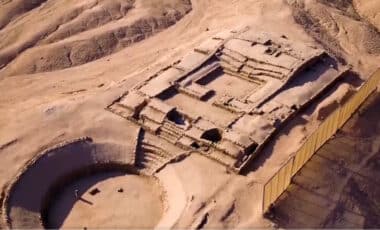The Japanese armed forces of 1941 and 1942 were a devastating, nearly unstoppable assault force in the Pacific and Asian Theaters of War. During a six-month period between December 1941 and May 1942 the Japanese Imperial Army, Navy, and Air Force conquered most of South-East Asia and much of the Pacific. These coordinated campaigns resulted in huge territorial gains. Ultimately, they were on a collision course with the US and Allied interests in the area.
The Japanese forces, like the early World War II German Blitzkrieg forces, were the best soldiers on the battlefield at that time. The Japanese war machine on the ground, in the islands, on the sea, was an awesome display of shrewd tactics and ruthless methods of attack and occupation that often resulted in quick victories. Their history is marred with numerous war atrocities during the War.
 Their maniacal need to dominate the Asia and Pacific theaters resulted in them over-reaching their supply lines and grinding to a halt. These consequences compounded with their insistence on playing the antagonist with the US resulted in their retreat as the allies slowly rebuilt their forces in the theaters.
Their maniacal need to dominate the Asia and Pacific theaters resulted in them over-reaching their supply lines and grinding to a halt. These consequences compounded with their insistence on playing the antagonist with the US resulted in their retreat as the allies slowly rebuilt their forces in the theaters.
Their war methodology with the northern road doctrine (China, Russia, and Korea) followed by the southern road doctrine (British and Dutch Colonies, Hawaii) was a successful approach until they had problems with the League of Nations and later a regime change to a more aggressive, Anti-American prime minister. As the Japanese war machine wore down the US and Allies slowly regained their ground lost and started to dominate the air and sea. As the wa
r dragged on through the Pacific islands and Southeast Asia it became clear that the Japanese were a formidable force that would refuse to surrender until the last man fell. Hardened by these facts and the option of saving the US and allied lives by dropping the Atom Bomb, the US quickly accelerated the war effort and had the audacity to unleash the atom bomb to ensure the capitulation of Japan. The use of the Atom Bomb was a pivotal moment in modern warfare that was an immediate game-changer for World War II and our Geo-political landscape from that point forward.
Published in 2019, this book will continue to resonate over the years for historians of the Asian Pacific Theater and WWII. I had been avoiding reading about the might of the Japanese empire of WWII for years until I picked up this book. I regret waiting to understand this period of history better.
This book is available on Amazon.com (US), and Amazon (UK).
One of the best book of images related to the Japan War machine that dominated the Asia and Pacific Theaters of War in 1941 thru 1942. Hundreds of images that clearly detail the path of their destruction and the forces arrayed against them.








